I suspect that all shepherds will sell lambs at some point in the season, either to go on as breeding animals or as butchers lambs or even direct to their farm gate customers as lamb boxes. Some of these lambs sold for meat will be animals not suitable for breeding stock but a lot will have been intended for the meat trade from the start.
If you’re producing butchers’ lambs, you will benefit from exploiting what’s known as hybrid vigour – the ability of a cross bred offspring to exceed the genetic capabilities of its parents. In the case of a butchers lamb, you need an animal that will be easily birthed, will get up and suckle quickly and will grow to the weight that markets need with minimum shepherding costs.
To achieve that, writes Paul McAvoy of the Wiltshire Horn Society, in my opinion you need a sire from one of the established meat breeds – Suffolk, Hampshire Down, Charollais, Texel etc – and a ewe with strong maternal instincts that doesn’t need a lot of looking after, that will generally lamb twins easily, without intervention and which will go on to rear them to weaning without a problem. It’s my experience, you could do a great deal worse than using a Wiltshire Horn ewe as the dam of cross-bred butchers lambs.

a Charollais cross lamb
Wiltshire ewes accept rams from all the widely used terminal breeds very successfully. Being specifically a meat breed themselves (theirs is a short coarse coat with no commercial value rather than a long fleece) and noted for the excellent flavour of their meat, bred pure they will produce quality butchers lambs, the hybrid effect amplifies this performance. They genuinely do lamb easily with very little need for help. The lambs benefit from the vigour that is an inherent aspect of the Wiltshire and they arrive kicking and sneezing, ready to stand and get to the milk. Of course, as a Wiltshire mother has the naturally short coat, it’s no problem for the lambs to find the teat. The ewes look after their lambs beautifully and milk very freely.
As an example, a Hampshire Down tup can be used very successfully on Wiltshire Horn ewes. Wiltshire Horn is part of the genetic make up of the Hampshire Down breed and the cross is a good one. Steve Cowle from Aylesbury says “Our experience is that these lambs didn’t shed but this cross has size, vitality and growth, ensuring they are soon finished and gone with excellent feedback from butchers and abattoir alike !”

To demonstrate the ability of the Wiltshire Horn ewe to breed and rear quality butchers lambs that can stand up on their own merits in a commercial context, a pen of Suffolk x Wiltshire Horn lambs won both the Heavy Weight Native Bred class (@ 43kg) as well as the Native Champion Cup at the 2018 Worcester Christmas Primestock Show. Breeder Josh Brigg explained “The winning lambs were all sired by home bred Suffolk rams which carry a large proportion of New Zealand blood – a cross that seems to click extremely well with the Wiltshire Horn ewes to produce lambs of the weight and finish that the market wants.”
So although it might seem strange for the Secretary of a pedigree breed society to extol the merits of cross breeding, if you are planning to breed prime butchers lambs, the Wiltshire Horn ewe could be well worth some serious consideration.
This article first appeared in the Country Smallholding magazine. May 2019
